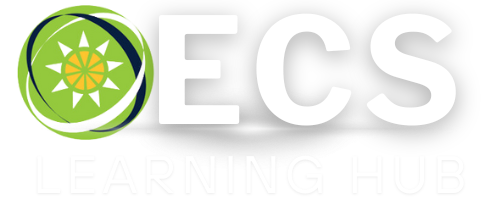Week 4: My Community
Weekly Focus
Children learn about their local community, community helpers, places in the community, and how people in a community work together.

Week at a Glance
Daily themes for Week 4
- MondayWhat Is a Community?
- TuesdayPlaces in My Community
- WednesdayCommunity Helpers
- ThursdayHow Communities Work
- FridayCommunity Celebration
Teacher Tip
Learning Objectives
- Identify important places in their community
- Recognize community helpers and their roles
- Understand how communities work together
- Develop map reading and location skills
- Practice cooperation and teamwork
- Develop vocabulary related to community
Key Vocabulary
Materials Needed
- Community maps and atlases
- Photos of local landmarks and places
- Community helper costumes and props
- Art supplies for community crafts
- Books about communities and helpers
- Building blocks for community models
- Chart paper and markers
- Materials for community dioramas
Daily Plans
Monday: What Is a Community?
Focus Question
What makes a community special?
Suggested Books
- "The Little House" by Virginia Lee Burton
- "Community Helpers" by Various Authors
- "My Neighborhood" by Lisa Bullard
Morning Circle
Introduce the theme "My Community." Discuss what a community is and how it's different from a neighborhood. Show pictures of different types of communities.
Teacher Tip: Use a simple definition: "A community is a group of people who live, work, and play together in the same area."
Literacy Activity
Read "The Little House" by Virginia Lee Burton. Focus on how the house becomes part of a community and how communities change over time.
Math Activity
Count objects in our classroom community. Use small toys or objects to represent different parts of a community (houses, cars, people, etc.).
Afternoon Activity
Begin creating a classroom community mural. Students will draw or paint pictures of community places and people they know.
Featured Activities
Community Scavenger Hunt
Students work in small groups to find important places and people in the community using a picture checklist.
Materials: Picture checklists, Clipboards, Pencils, Community map.
Learning Areas: Social Studies, Language Arts.
Community Helper Dress-Up
Students explore different community helper roles through dramatic play with costumes and props.
Materials: Community helper costumes, Role-specific props, Job description cards.
Learning Areas: Social-Emotional, Drama.
Build a Community
Using blocks and recycled materials, students create a model community with various buildings and services.
Materials: Blocks, Recycled materials, Small figures, Toy vehicles.
Learning Areas: Engineering, Social Studies.
Thank You Cards for Helpers
Students create thank you cards for community helpers who provide important services.
Materials: Construction paper, Markers, Stickers, Photos of helpers.
Learning Areas: Art, Social-Emotional.
Teacher Tip
Resources
Books
- "The Little House" by Virginia Lee Burton
- "Mapping Penny's World" by Loreen Leedy
- "Whose Hands Are These?" by Miranda Paul
- "Maybe Something Beautiful" by F. Isabel Campoy
- "The Curious Garden" by Peter Brown
Printables
- Community scavenger hunt checklist
- Community helper matching cards
- Simple community map template
- Community helper interview sheets
- Thank you card templates
Home Connection
Send home a family activity sheet that encourages parents/caregivers to take a walk or drive around the community and point out important places and helpers.
